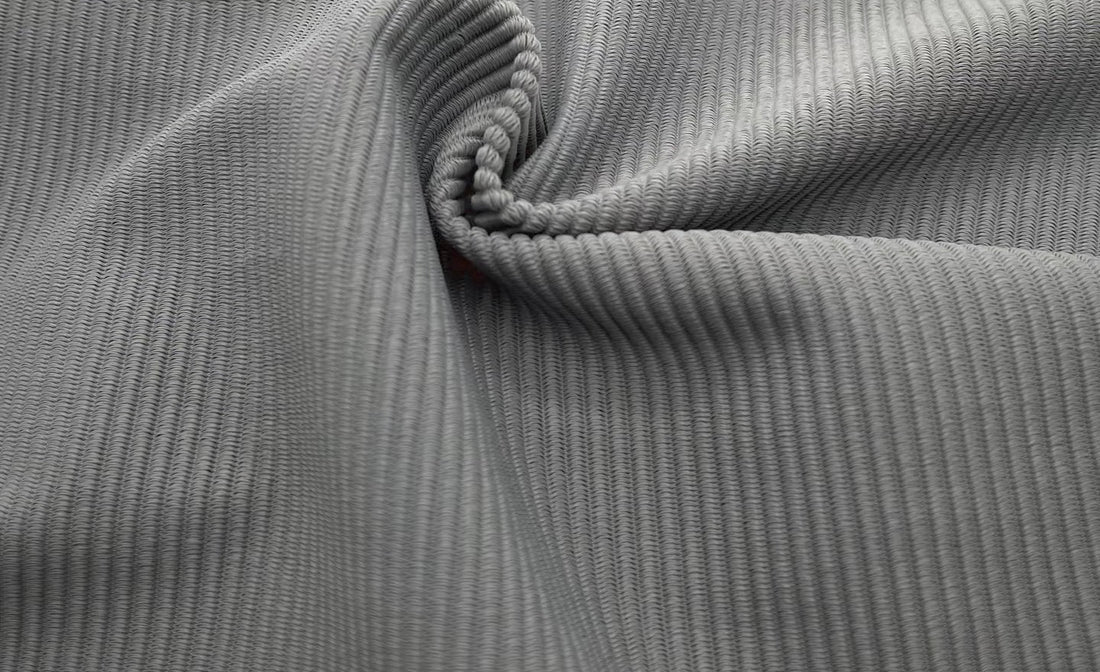
What Is Tricot Fabric? Benefits, Uses, and How to Choose It Right
You’ve probably worn tricot fabric more times than you realize—and no, it’s not a fancy new textile trend. In fact, tricot is one of the oldest warp knitting techniques still in wide use today. It's the quiet backbone of everything from activewear to lingerie. Soft, stretchy, smooth on one side and textured on the other, tricot fabric is a low-key legend.
Let’s cut through the mystery and break down what tricot fabric really is, what makes it special, and why you might want to care—especially if you work with textiles or shop for clothes that feel as good as they look.
What Is Tricot Fabric, Exactly?
Tricot is a type of warp-knit fabric, meaning it’s made by looping yarns in a zig-zag pattern vertically (not horizontally like weft-knit T-shirts). This gives it a smooth surface on the front and a slightly ribbed texture on the back. It’s incredibly lightweight, flexible, and has just the right amount of stretch—without losing shape.
Compared to typical knits (like jersey), tricot doesn’t curl at the edges, and it resists runs and snags. Think of it as the grown-up, more stable cousin of your favorite knitwear.

Is Tricot Fabric a Knit Fabric?
Yes—but not in the way most people think.
There are two main types of knit fabrics:
- Weft knits (like jersey): yarns loop sideways
- Warp knits (like tricot): yarns loop lengthwise
While both are stretchy, tricot is more structured and less likely to deform over time. That’s why it’s often used in sportswear, lingerie, and lining—even if no one talks about it by name.
Why Was Tricot Invented So Early—and Still Used Today?
The tricot technique dates back to the early days of industrial knitting, when warp knitting machines were developed in the 18th century. Tricot’s consistent loop structure made it ideal for mass production with excellent strength-to-weight ratios.
Unlike woven fabrics that fray, tricot stays intact, even when cut. That made it a go-to for everything from uniforms to undergarments—and it still is.
Types of Tricot Fabric and Where You’ll Find Them
Here are some common types of tricot and where they typically show up:
1. Nylon Tricot
- Lightweight and silky
- Common in lingerie, linings, swimwear
- Often semi-sheer and drapey
2. Polyester Tricot
- More matte and durable
- Used in sports jerseys, track suits, linings
- Better at moisture-wicking
3. Brushed Tricot
- One side is lightly napped (fuzzy)
- Found in athleisure, jackets, linings for a warmer feel
4. Mesh Tricot
- Open, breathable structure
- Perfect for sportswear, backpack linings, activewear panels
Common Fabric Weights & What They’re Good For
Tricot fabrics come in a wide range of GSM (grams per square meter), which determines how thick or light they feel:
| Weight (GSM) | Feel | Common Uses |
|---|---|---|
| 70–90 GSM | Very light | Lingerie, linings, delicate wear |
| 100–130 GSM | Light to medium | Sportswear, yoga pants, underwear |
| 140–180 GSM | Medium to heavy | Jackets, athletic outerwear, tights |
👉 If you’re designing a piece and don’t know how much fabric to use, try our Fabric Calculator Tool to get an instant estimate.
How Durable Is Tricot Fabric, Really?
Very. Tricot doesn’t fray, barely wrinkles, and resists runs better than most weft knits. It can stretch without deforming and holds up through repeated wear. That’s why it’s still the go-to for sports uniforms and swimwear linings.
Of course, its durability depends on the fiber content. Nylon tricot tends to be stretchier and more delicate, while polyester tricot is tougher and more resistant to abrasion.
How to Wash and Care for Tricot Fabric
Good news: tricot is low maintenance. Here's how to make it last even longer:
- Machine wash cold on a gentle cycle
- Use a laundry bag for lingerie or activewear
- Avoid bleach or harsh detergents
- Air dry flat or tumble dry low (no high heat)
- Don’t iron—it rarely needs it, and heat may melt nylon-based tricot
Want to experience how a well-cut tricot lining feels in real life? Check out our Topology T-Shirt—made to feel cool, smooth, and built to last.
Final Thoughts: Why Tricot Deserves More Hype
Tricot fabric is the quiet backbone of functional fashion. It stretches but holds, it feels soft but lasts long, and it’s been doing this since the 1700s. If you’re designing apparel, sourcing linings, or just looking to understand your favorite clothes a bit better, tricot is a fabric worth knowing.
Need help planning your next collection? Our tools like the MOQ Estimator make it easy to stay smart from sketch to sample.
